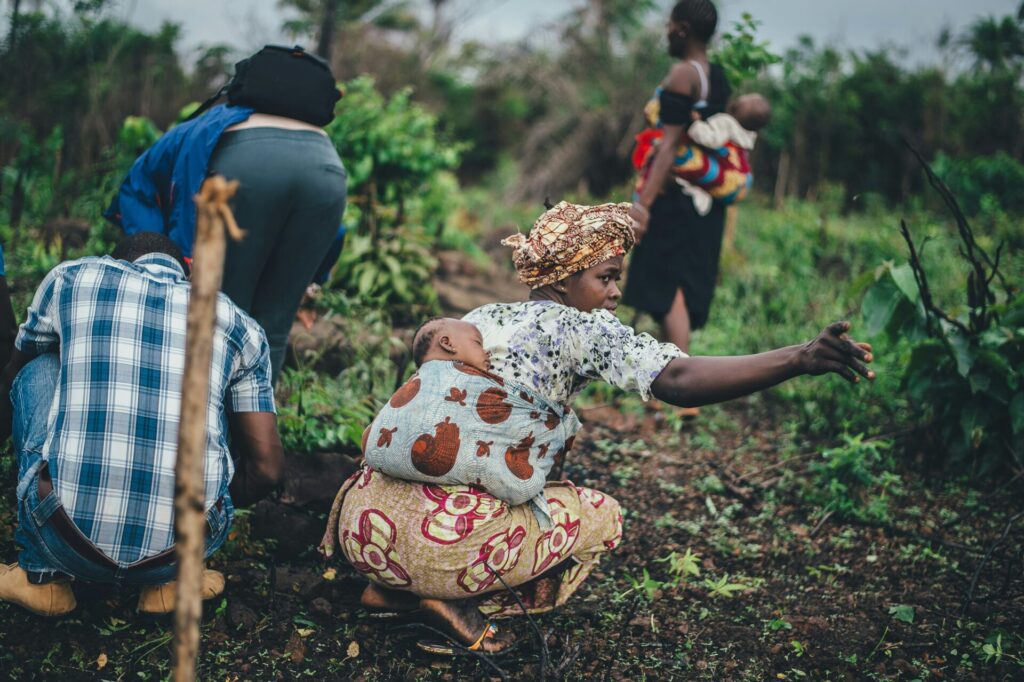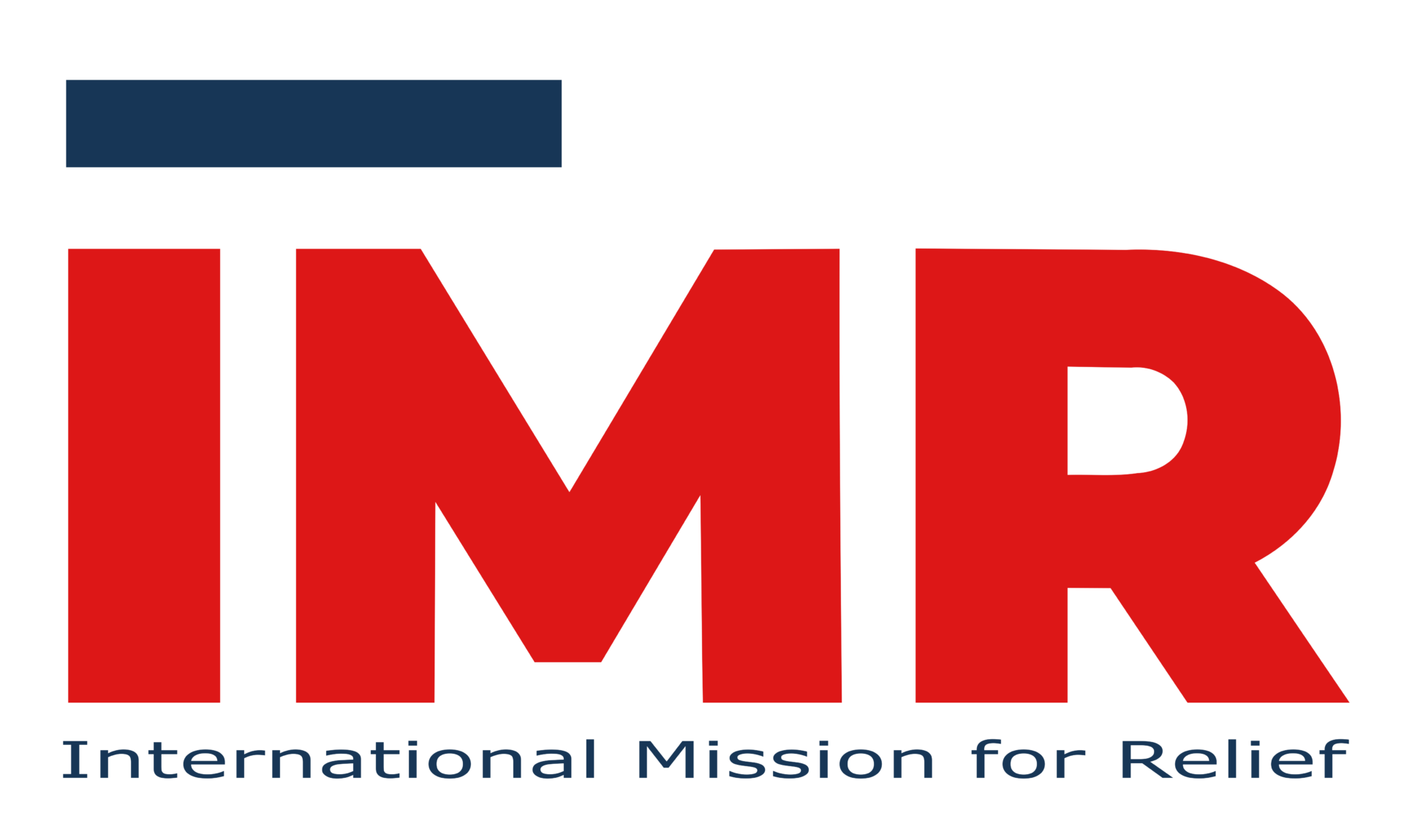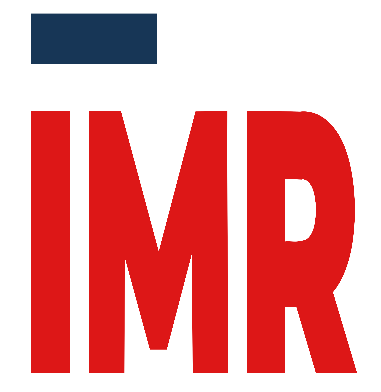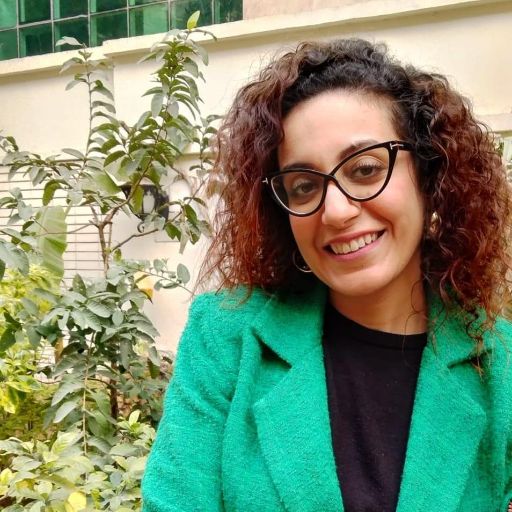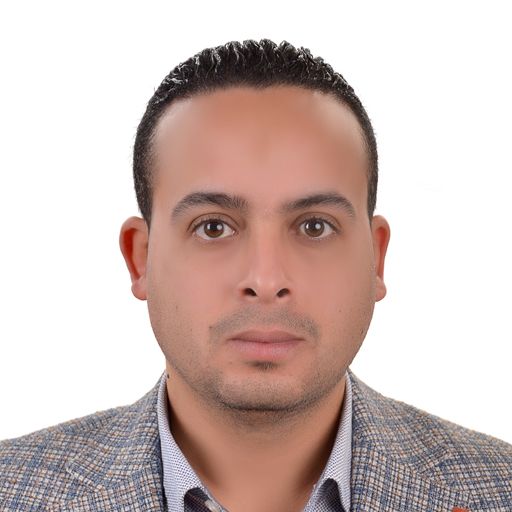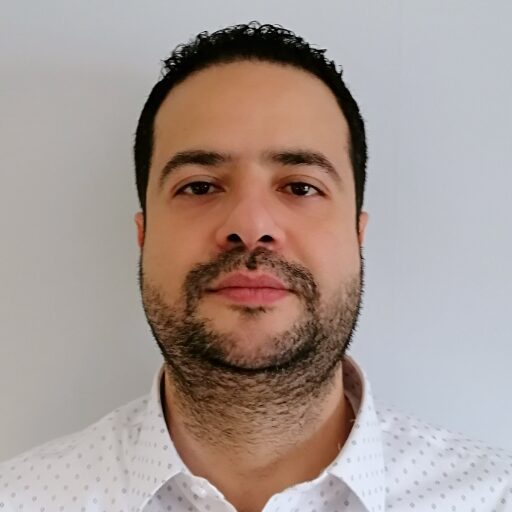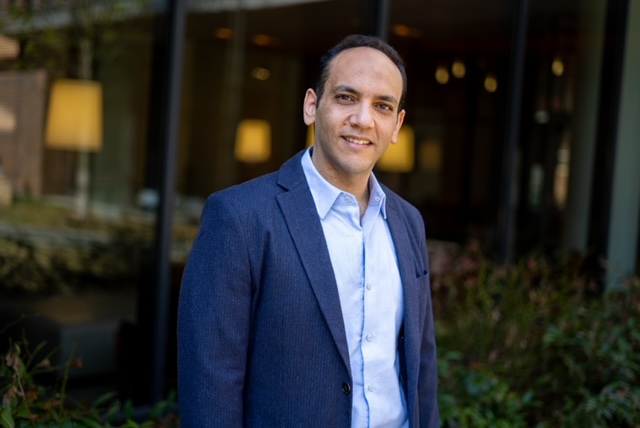IMRELIEF IN KENYA
Country Context
Kenya has made significant strides toward political and economic reform. However, its key development challenges still include poverty, youth unemployment, and climate change.
Kenya is also the fifth largest refugee-hosting country in Africa and the thirteenth largest asylum country in the world.
Refugee and IDP Profile: 380,000 IDPs and more than 650,000 registered refugees and asylum-seekers. The vast majority reside in refugee camps (Dadaab and Kakuma), then in Nairobi and other urban areas.
The refugee situation in Kenya is protracted, the majority of refugees have resided in the camps for over 30 years with periodical new influxes from mainly Somalia and South Sudan.
Private sector is dominated by informal activities (34% of GDP and 81% of jobs created), with a large proportion in wholesale, retail, and vocational and mechanical trades (such as motorcycle repair).
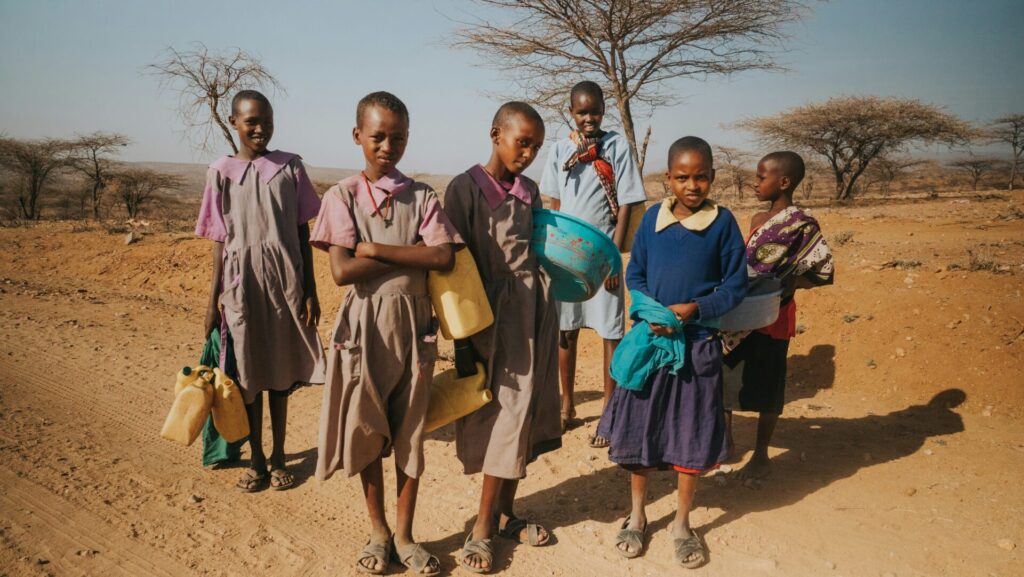
Key Figures and Notes
(IDPs, Registered Refugees and Asylum Seekers)
IMRelief Highlights
IMR project plans in Kenya are aligned to contribute toward Kenya’s (a) Vision 2030 objectives, and (b) the 2022-2027 Bottom-up Economic Transformation Agenda (BETA).
As such, IMR aims to provide the following:
- Emergency Response: for natural disasters such as drought and floods
- Food Security: for the refugee/displaced communities
- WASH: Water wells to provide clean accessible water for those in need
- Livelihood and Entrepreneurship: Business process training, coding and vocational center training can be a gateway for economic inclusion of the poor, encouraging the young to get into STEM and digital businesses, and encouraging formalization of economic activities for the informal workers.
